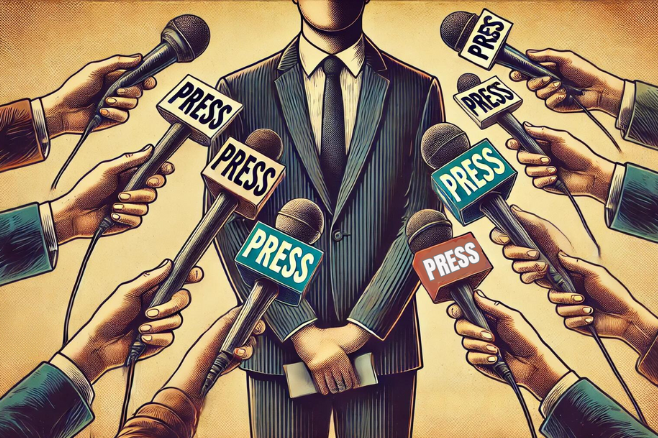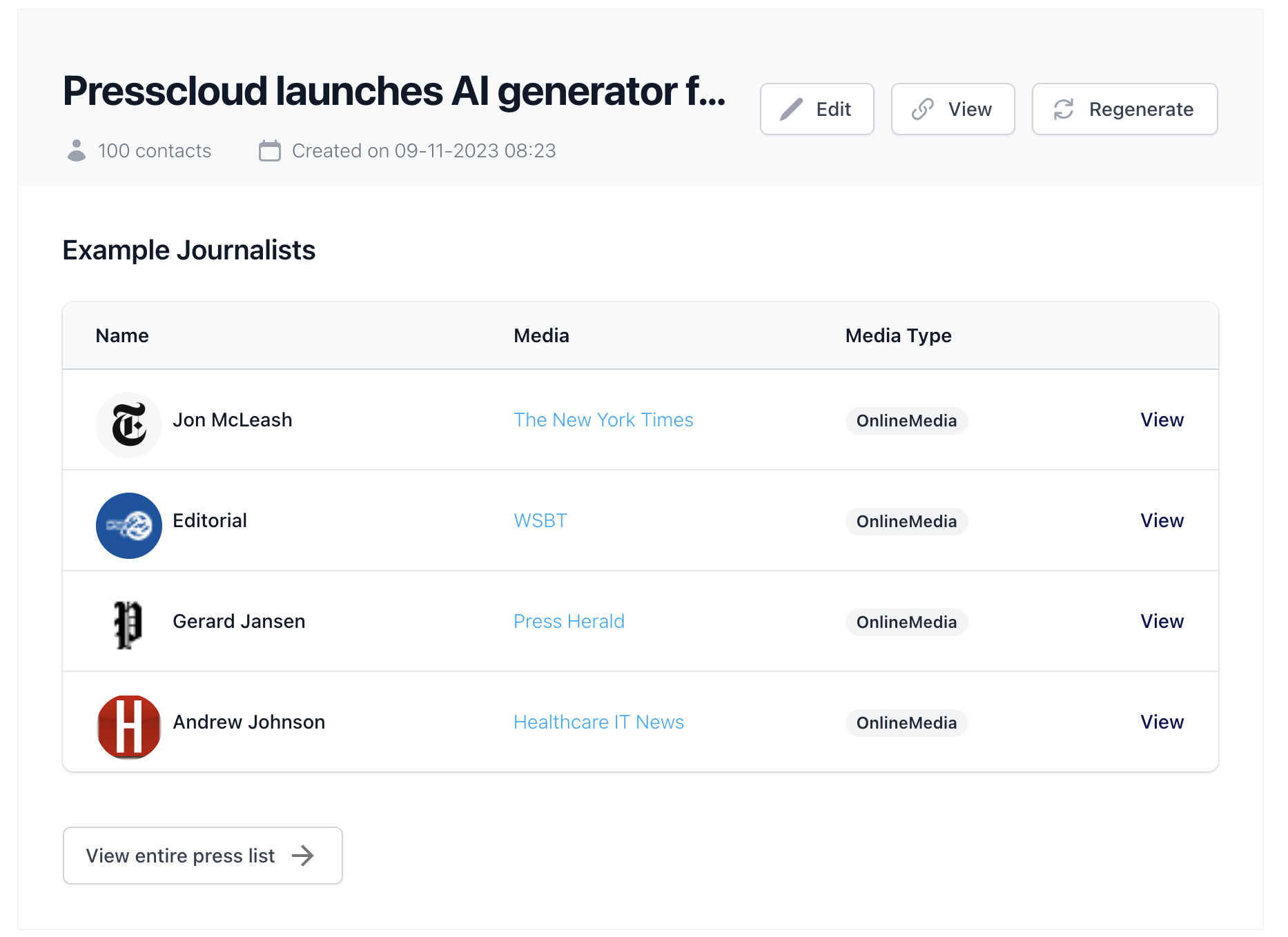If you've written a press release, you naturally want it to reach as many media outlets as possible. Often, a message is relevant or even interesting for multiple audiences. By making a few small changes to the release, you can score with different media audiences. Here are some strategies to make your press release relevant to more media and get the attention you deserve.
Different audiencesOften, a company is relevant to multiple sectors. Take, for example, GoHome.rent, a national rental agent for professional landlords. This company is interesting for both the real estate market and startup magazines. By tailoring the message for different audiences, you get the most out of your content. But there's more you can do.
The press release for national pressLet's first consider a press release intended for the national press. The original press release from GoHome.rent might look like this:
Headline: Professional landlords save time and money with GoHome.rent
Content: GoHome.rent, a national rental agency, helps professional landlords save time and money by optimizing the rental process. Research among 500 landlords shows that using GoHome.rent reduces rental time by 30% and cuts costs by 20%. The service, which was launched nationwide on June 1, offers a platform where landlords can easily manage and rent out their properties.
This content scores because it:
- Focuses on a problem (saving time and money)
- Presents an actuality (recently launched service)
- Is urgent (landlords can benefit immediately)
- Appears objective (a study)
- Is nationally relevant (service is available throughout the Netherlands)
An easy way to make your message relevant for local media is by adding local relevance. For example:
Headline: Amsterdam rental company reduces rental time by 30% with GoHome.rent
Content: An Amsterdam rental company has managed to reduce its rental time by 30% thanks to GoHome.rent. Research by the rental agency shows that this new service significantly helps landlords in the region to efficiently manage their properties.
By shifting the focus to the local market, you make the message more relevant for regional newspapers and blogs.
Trade journals of the audienceTrade journals often have a very specific audience. By zooming in on the benefits for professional landlords, you make the message more relevant for readers of real estate magazines:
Headline: GoHome.rent optimizes rental process for professionals
Content: GoHome.rent offers professional landlords an optimized platform to manage and rent out their properties. A recent study among 500 landlords shows that using GoHome.rent reduces rental time by 30% and cuts costs by 20%, making it a valuable tool for the real estate sector.
This approach focuses less on the general benefits and more on the specific advantages for real estate professionals.
Other trade journalsAs a tech startup, GoHome.rent's solution is also relevant for magazines like Sprout and BNR's pitch section. By paying more attention to the technical solution, the social problem, and the ambitions of the startup, the message becomes relevant for these trade journals:
Headline: GoHome.rent launches innovative solution for the rental market
Content: The startup GoHome.rent uses advanced technology to optimize the rental process for professional landlords. Their platform reduces rental time by 30% and cuts costs by 20%, making it an essential tool for landlords seeking efficiency and cost savings.
ConclusionHave you written a press release and are looking for ways to offer it to more media? Then ask yourself: how can I make this relevant for other audiences? By putting yourself in the shoes of the target audience of a specific medium, you'll discover how a press release becomes relevant for that audience. This way, you ensure your press release can achieve a higher ROI (return on investment). Learn to think like a journalist of national, local, and trade journals, and you'll have an edge over the competition.

